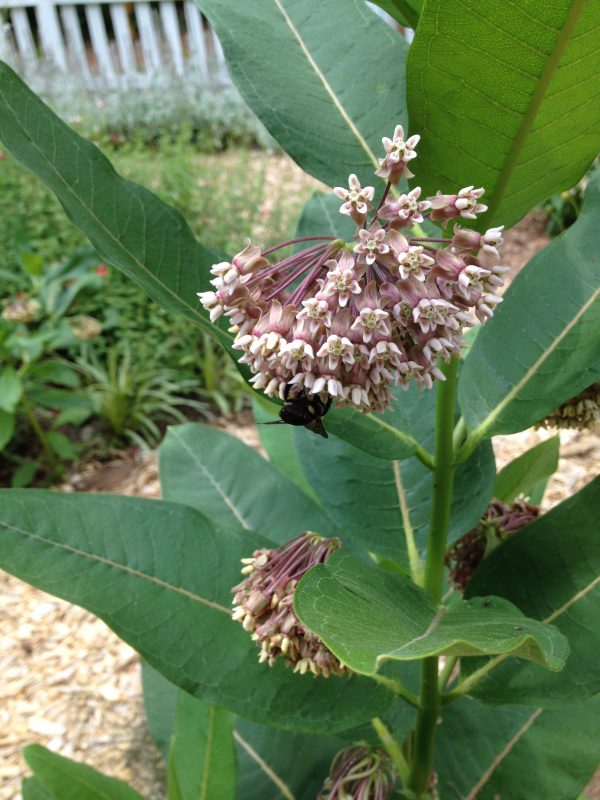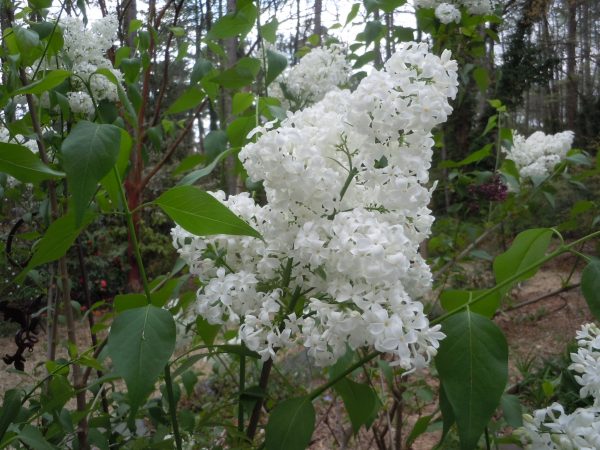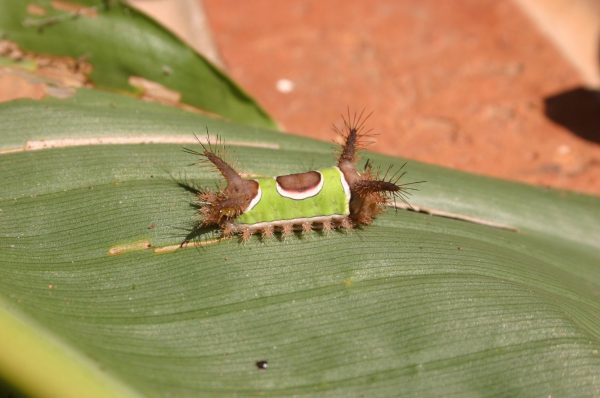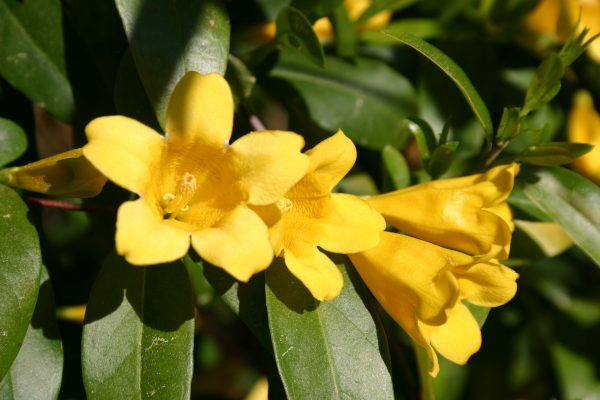Hyssop
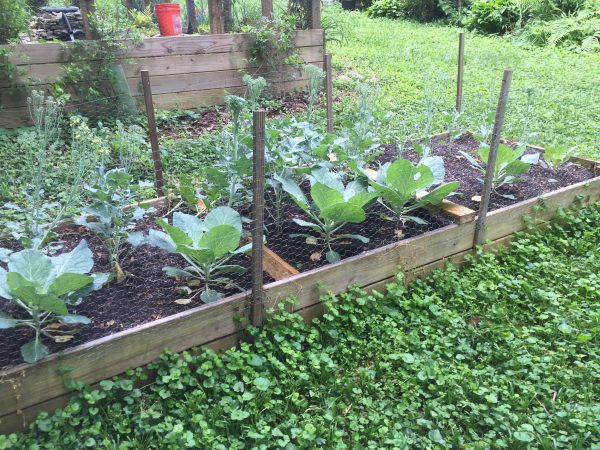
Hyssopus officinalis
taken from The Georgia Fruit and Vegetable Book by Walter Reeves and Felder Rushing
A native of southern Europe and Asia, hyssop has been used for centuries as a flavoring in soups, stews, or teas and may be used with sage in stuffings. It is also used as a cough medicine. It has a strong camphorlike fragrance and a little goes a long way.
• See also Home Garden Hyssop
(broken link)
WHEN TO PLANT
Sow seed indoors under lights in late winter. Set out started plants in the spring as soon as the soil can be worked or seed directly in the garden. Plants are sometimes available at garden centers or nurseries about that time; buy ones that are a healthy green color and are short and compact.
WHERE TO PLANT
Hyssop makes a good edging because it is attractive and can be kept trimmed to about 6 inches tall. It is a short-lived perennial that will be in the same place in the garden for 3 to 4 years. The plants prefer full sun (8 to 10 hours will suffice) but tolerate shade. Plants located in somewhat poor soil will have a more intense fragrance and taste.
HOW TO PLANT
Prepare the soil. Sow seed 1/4 inch deep in rows 1 foot apart and thin the seedlings to a 1-foot spacing when they are big enough to handle. Set started plants 1 foot apart in each direction. Hyssop will do well in raised beds, too, if it is not overfertilized or overwatered. Divide overgrown plants and replant in spring or fall.
CARE AND MAINTENANCE
Hyssop grows with little care. Few pests will damage hyssop in the garden. Generally, watering is not needed but if no rain falls for a couple of weeks, apply 1 inch of water.
ADDITIONAL INFORMATION
Harvest flower spikes just as the blooms begin to open. Dry them quickly over a screen and store the dried spikes in airtight jars. Grind the dried spikes as needed for use. After a few years, the planting will begin to decline; the plants will thin out and die out. Either divide the plants, or start a new planting.







